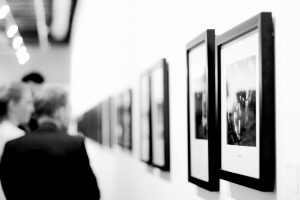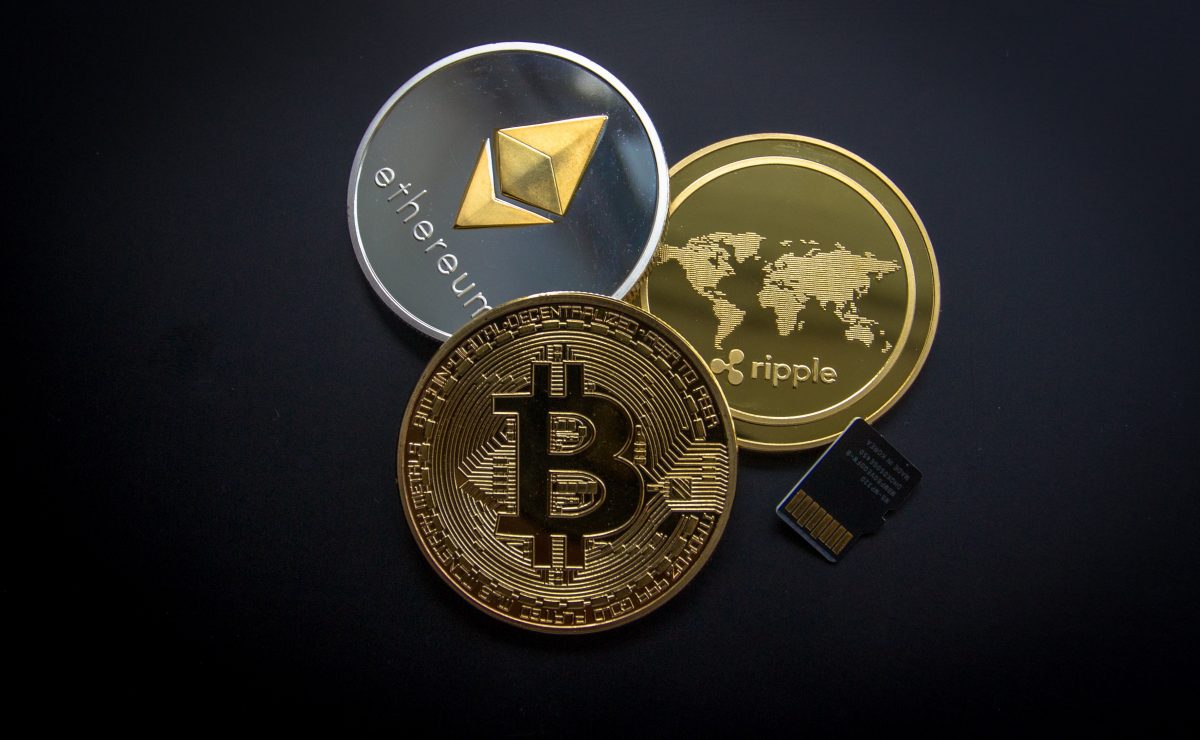Art Basel is the season to start opening its doors to the blockchain, the revolutionary technology supporting cryptocurrencies like bitcoin and ether.
Art Basel’s Conversations programme comprises Blockchain along with the Art World, a group conversation on 14 June that includes the major digital artist Simon Denny, amongst others. On 13 June, a summit Named Basel ArtTech+Blockchain Connect, organised by the New Art Academy with Forbes, is happening in Messe Basel.

A lot of the focus on blockchain’s software over the cultural world has concentrated on its role in markets–it’s, after all, primarily a financial development involving sales management process steps. Ruth Catlow, the co-director of this London-based artwork and tech firm Furtherfield, is among those authors of a new book, Artists Re:Thinking the Blockchain (Torque Editions and Furtherfield).
Catlow claims the region of blockchain she discovers especially intriguing is “artists as crypto- financiers“.
Ben Vickers, the chief technology officer in the Serpentine Galleries in London, has noticed a curious growth as performers have participated deeply with blockchain. Vickers claims that Berlin has been “a major hub” for this sort of activity.
In America, meanwhile, Catlow lately watched the extreme ways that artists are participating with blockchain transactions. “What’s enormous, but that which I believe much less sanguine about, are things such as the’digital images’ — cryptopunks, rarepepes. All these are being discussed about as artwork in New York and being sold and traded.” In the Ethereal Summit, the arts and culture event run from the blockchain firm Ethereum, Catlow seen a cryptokitty–a”infrequent digital picture of a kitty”– being marketed in an auction for $140,000.
Regardless of the fact that “the tools and infrastructure are at a very early stage”, Catlow states,”we’re certainly seeing some very strong conceptual artworks coming out of this space that are using blockchain as a medium.” Drawing contrast with Web Art, the motion that developed from the first days of the world wide web, she estimates that we’re” in about 1992″–in other words, the oldest phases. However, the contrast with internet artwork is instructive. Vickers, such as many involved in online culture, describes himself as a”recovering cyber-utopian”. They saw the net’s early guarantee of a decentralised, transparent, democratic area invaded by companies and mass surveillance, and Catlow and Vickers wed a professional optimism regarding blockchain’s chances to a different awareness of its possible pitfalls.
WHAT IS BLOCKCHAIN?
A blockchain functions as a public database where trades are permanently listed. It’s also highly protected: when a trade occurs, rather than being listed on a single, centralised ledger, it immediately appears on a vast network of computers. Though public, it may simply be used with a particular “key”, and as soon as it’s obtained, an immutable path is left behind. To put it differently, blockchain technology removes the requirement for a reliable third party to confirm that trade has happened. The fiscal industry, from banks like UBS and Deutsche Bank into the Nasdaq stock market, has been quick to embrace the technology, chiefly because of its capability to radically reduce trade costs. However, other businesses, such as art crates services, are seeing its possible, also. Blockchain technology can hold the secret to overcoming among those art world’s biggest challenges: a lack of transparency. A networked digital ledger like a blockchain can help to keep tabs on a work of art’s moves without relying upon a paper-based–and occasionally insecure– a method of documenting provenance. But this might require the transaction to embrace the new technologies, which it could be slow to perform. J.Mi.
Three artists utilizing blockchain
Ed Fornieles
Few musicians mine electronic technologies as well as the internet space as as Fornieles. He’s entered blockchain, together with the impending launching of this Crypto Certificate, which will allow business coaches and investors to assist Fornieles increase funds for his new job, in exchange for prospective gains. The job is both an investigation of the language and mechanics of blockchain plus a new sort of link between visual artist and audience, allowing people to benefit from his practice over time as a result of participation
Jonas Lund
At the job Jonas Lund Token, the Swedish artist made 100,000 stocks in his creative practice, with every share equalling one Jonas Lund Token (JLT), a cryptocurrency he generated about the Ethereum blockchain. Shareholders can form how Lund’s artistic practice grows. The stocks are dispersed in various ways, like the purchase of bodily functions Lund makes and via a “bounty programme”, where stocks are exchanged for activities about Lund’s clinic, like giving him a solo exhibition showcase.
Sarah Buddy
An artist and software engineer especially centered on the growth of games, Buddy developed Clickmine, a job co-commissioned from Furtherfield and also the Neon Digital Arts Festival, this past year. A type of satire, it moves the frenetic absurdity of clicking matches to blockchain, where a”hyperinflationary” ERC-20 token, a type of meta-currency, is minted via the game.




